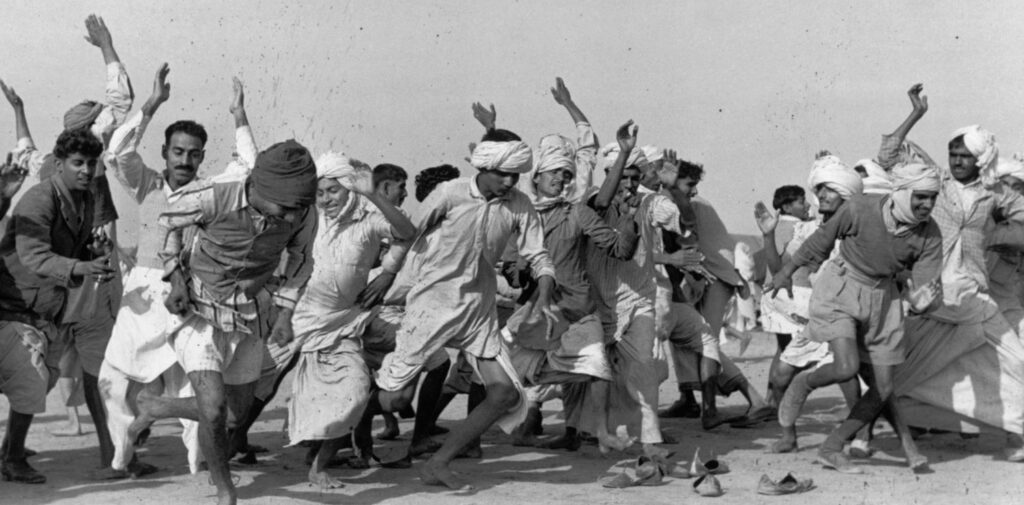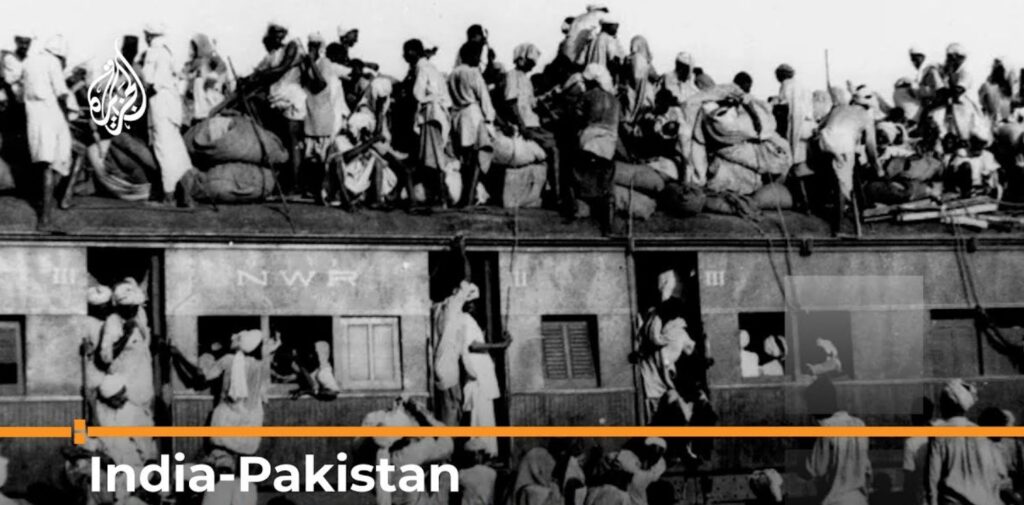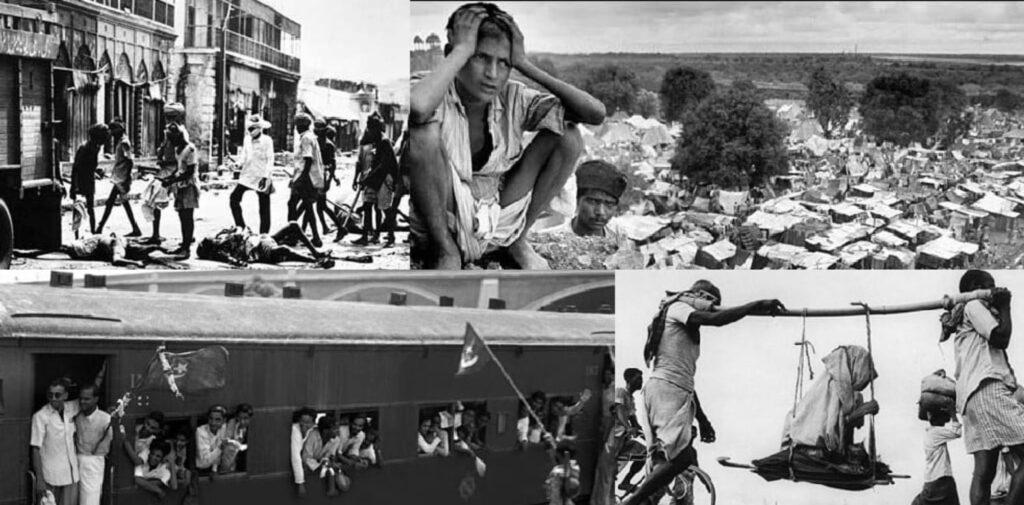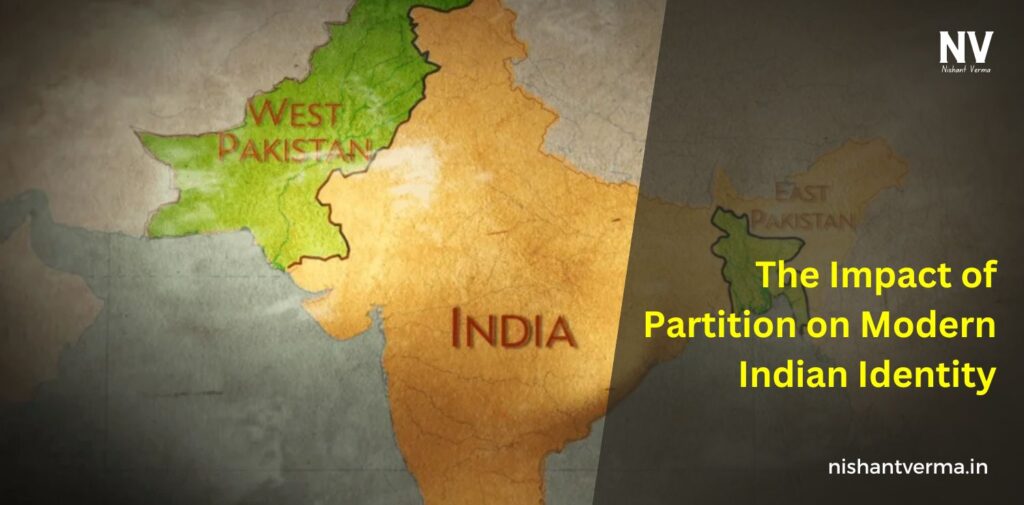The partition of India in 1947 was a monumental event that reshaped the subcontinent’s landscape, creating lasting impacts on the identities of the people living in the region. This separation not only divided the land into two countries—India and Pakistan—but also triggered one of the largest forced migrations in history, as millions of people were compelled to leave their homes due to religious and ethnic tensions. Understanding the effects of partition on modern Indian identity involves exploring various facets, such as migration, nationalism, minority rights, border issues, and the political landscape.
Forced Migration: A Transformative Experience
The partition forced nearly 18 million people to migrate across the newly drawn borders. Hindus and Sikhs moved from what became Pakistan to India, while Muslims relocated from India to Pakistan. This massive upheaval created a sense of loss and dislocation. Families were torn apart, communities that had coexisted for centuries were shattered, and many people lost their lives during this chaotic transition.
The memories of this forced migration have become integral to the collective identity of many communities. Survivors often share stories of their past, shaping their identities around themes of displacement and survival. The trauma of partition has also been passed down through generations, influencing how people perceive their place in India today.

Rise of Nationalism
The partition significantly influenced the development of nationalism in both India and Pakistan. For India, the emergence of a majoritarian nationalism was a response to the partition’s implications. Nationalism became intertwined with the idea of a secular and pluralistic society. However, the narrative also began to emphasize Hindu identity, which sometimes marginalized other communities.
In Pakistan, the identity was built around the concept of a Muslim nation. The separation reinforced the idea that the two nations were fundamentally different, rooted in their religious identities. This binary understanding continues to shape how people in both countries view themselves and each other. Nationalism, therefore, became a tool that defined personal and collective identities based on historical grievances and aspirations.

Identity of Minorities
The partition left significant implications for minorities in both countries. In India, Muslim communities often faced questions of loyalty. They had to negotiate their identities between being part of a larger Indian nation while also being a minority within it. This duality sometimes led to a sense of insecurity and a need to assert their cultural and religious identity in a predominantly Hindu nation.
Similarly, in Pakistan, non-Muslim communities faced their challenges. Their identities were often overshadowed by the dominant narrative of a Muslim state. This dynamic has resulted in ongoing discussions about what it means to be a minority in a country that defines itself primarily through a singular religious lens.
Border Issues and Transnational Ties
The partition not only divided the land but also severed historical and cultural ties. The newly drawn borders made many social exchanges impossible, disrupting families and communities that had previously shared cultural and familial links across the divide. The loss of transnational connections has hindered initiatives aimed at preserving shared heritage, as the nations became more focused on their differences rather than their commonalities.
The borders have also become symbols of conflict. The Kashmir issue, which emerged shortly after partition, remains a contentious topic that shapes political relations between India and Pakistan. The militarization of the border has created an atmosphere of tension that impacts how people on both sides perceive their identities.

Political and Economic Consequences
The partition’s aftermath has had long-lasting political consequences that continue to influence modern India. The creation of new borders and the subsequent disputes over territories, especially Kashmir, have led to military mobilization and a focus on national security. These issues have become part of the national discourse, shaping how citizens understand their identity in relation to the state.
Economically, partition led to disruptions in trade and commerce. The splitting of key provinces like Punjab and Bengal meant that traditional economic ties were broken, forcing communities to adapt to new realities. This economic displacement has influenced how people view their socio-economic status and identity.
Conclusion: Impact of Partition
The impact of partition on modern Indian identity is complex and multifaceted. It has left scars of trauma from forced migration, shaped nationalist narratives, and affected minority identities. The severing of cultural and familial ties has created an environment where people often grapple with their past while seeking a cohesive identity in a diverse society.
Today, as India continues to evolve, the legacy of partition serves as a reminder of the challenges and opportunities presented by diversity. The need for dialogue and understanding remains crucial, as the country navigates its identity in a world that increasingly values multiculturalism. While the scars of partition may never fully heal, they offer important lessons about the importance of unity in diversity and the strength found in acknowledging shared histories.




